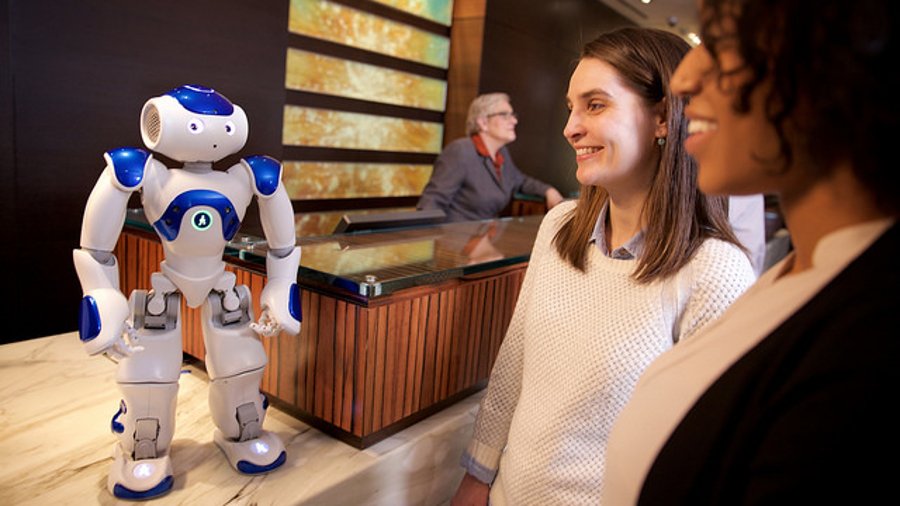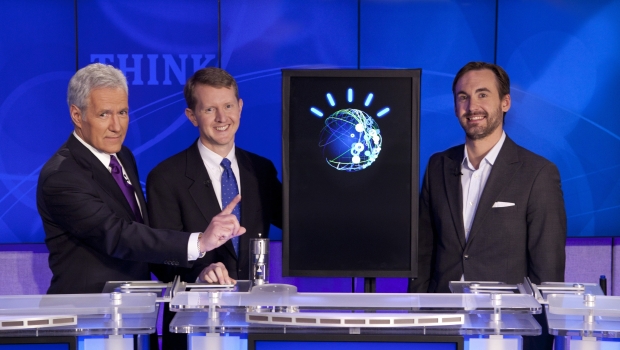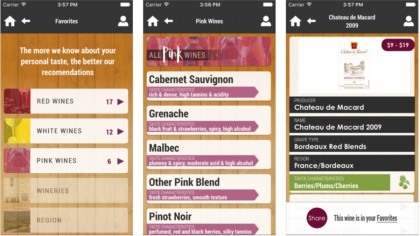5 unusual things you can do with IBM's Watson
From creating your own granola to clothes shopping

Introduction

One of the best ways to understand IBM's Watson is to shop for a biking jacket.
That might seem like an odd statement, but it's true. The North Face has tapped the power of Watson to help you find the right spring attire, and so have several other companies.
IBM has built up Watson into a celebrity that has 'appeared' on Jeopardy and in recent commercials. Yet, its natural language processing ability is a good example of cognitive computing for any IT worker or executive trying to understand the future of the industry. According to IBM, 80% of all data in the world is unstructured data – in other words, snippets of facts scattered everywhere.
Each of the examples detailed in this slideshow is a good 'state of the industry' showcase. Without the 'Powered by Watson' capability on demonstration, there would be too much unstructured data and not enough guidance. Most chatbots for shopping, customer support, and technical advice will be powered by similar technology meant to sift through a database and the cloud.
Before explaining each example, it's important to first give a quick summary of IBM Watson and why it even exists. All companies have some form of structured data. This might be the directory of employee records in HR or the images used for a website. You can predict with some degree of accuracy how your storage needs will change over time, based on the usage pattern over the past few years.
For example, you might predict that you'll hire a certain number of employees and allocate a set amount of storage for each one. That makes budgeting plans easier, security infrastructure less of a nightmare, and avoids abject chaos.
But unstructured data? It's much more of a sprawling web. There might be millions and millions of documents scattered all over a network. Technically, IBM Watson is a service that runs on 90 servers with 2,880 processor cores running concurrently. It has 16TB of RAM. Yet, the core function is related to IBM's DeepQA technology, essentially a question and answer system. A human can ask a question and IBM Watson finds the answer.
Sign up to the TechRadar Pro newsletter to get all the top news, opinion, features and guidance your business needs to succeed!
So in this article we'll cover five of the best examples of how this works.
- Also check out how Siri's creators are working on an even more powerful AI
1. Create a custom order for Bear Naked Granola

That's right, IBM Watson can help you "design" your granola. While it might seem cheeky, the brand uses Watson to analyse thousands and thousands of possible ingredient combinations. Once again, this is a good example of analysing unstructured data.
If you pick an ingredient like Blackberry Powder, Watson will determine that Dried Pomegranate Arils and Red Bean Crisps match up nicely. You can remove an ingredient (like the Blackberry Powder) and Watson will suggest an alternative (like Coriander). The alternative to this incredible intelligence would be to tap an expert chef who already knows which recipes work best for granola.
2. Shop for The North Face clothes

People don't go shopping for clothing. They shop for clothes that match up with an activity, such as hiking or power walking. Yet, the amount of unstructured data related to adventure sports is scattered all over the globe. Most stores don't keep a mountain biking expert on staff at all times. That's why The North Face uses Watson to guide customers to the right product.
You begin by entering a phrase like "Biking in London in March" to kick things off. You enter whether you are male or female. Watson might ask if you expect rain or snow, and if you prefer any custom options. You'll then see a selection of products, not a laundry list of sizes and colours, but rather clothing that matches up with your upcoming activity. It takes the 'unstructured' database of an e-commerce site and makes it more of a human-centric experience.
3. Find a bottle of wine with the Wine4.me app

Choosing a wine is more complex than you think. You might like a red wine, but is it plush, soft, tannic and sweet? Does it have a hint of strawberries? Is it 'perfumed' just right? Even for wine connoisseurs, you might not know all of the proper terms, but you do know which flavors you like.
The Wine4.me app uses IBM Watson to look through an inventory of products to match up with taste preferences. You don't need to use the right terms or even know the brands and labels, you just need to indicate which flavours you like. It's another good example of having the AI do the hard part of searching through hundreds of wine options looking for preferences, rather than expecting the shopper to have all of the expertise.
4. Ask health questions to the CafeWell Concierge

Workplace wellness is a serious issue. But most of us can't visit the doctor on a weekly basis or get constant wellness check-ups. The CafeWell Concierge app employs IBM Watson so that users can type in questions about diet, nutrition, and exercise. For example, you can ask about which recipes work best when you are trying to lose weight or how exercise impacts sleeping.
The app is another good example of presenting information that is important and vital to a customer, yet usually consumes the time of nurses and doctors. Also, many of the answers to health questions are fairly routine.
5. Ask Hilton Connie concierge about bus routes

A final example of handling unstructured data – one that might be the best example of how IBM Watson can help – pertains to a Hilton concierge robot named Connie. Hilton installed this robot as a test at the Hilton McLean hotel in Virginia over in the US. Guests can walk up and ask questions about bus routes or sporting events, and Connie will search through reams of data to find the answer – in seconds.
In this case, Watson learns from each interaction, knowing which questions are asked the most and incorporating insight from previous discussions with guests into new answers. The idea is not to replace human workers, but to give them more meaningful tasks than repeating the same answer all day about how to get to the airport.
John Brandon has covered gadgets and cars for the past 12 years having published over 12,000 articles and tested nearly 8,000 products. He's nothing if not prolific. Before starting his writing career, he led an Information Design practice at a large consumer electronics retailer in the US. His hobbies include deep sea exploration, complaining about the weather, and engineering a vast multiverse conspiracy.
